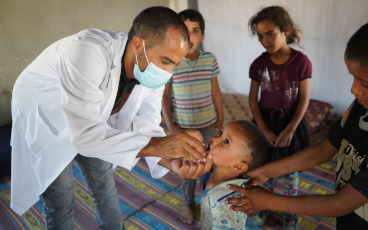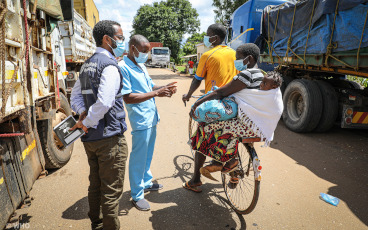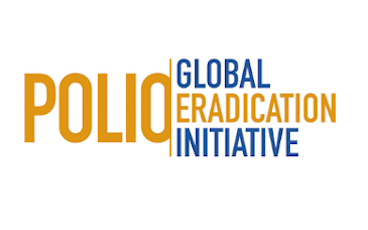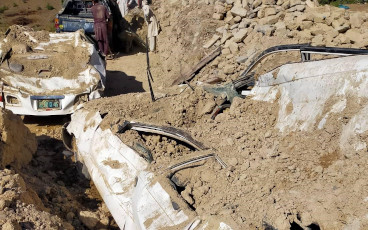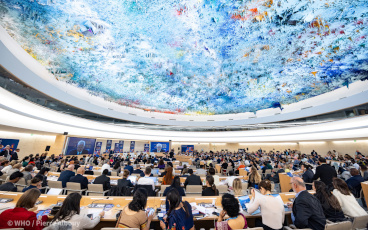28/07/2000
Scientific Meeting on Vaccine-Derived Polioviruses (VDPVs)
VDPVs and their Implications – State of the Art
30 May – 1 June 2012, Geneva, Switzerland
The World Health Organization (WHO), in collaboration with the US Centers for Disease Control and Prevention (CDC) and Ministry of Health Japan, is organising a scientific meeting on vaccine-derived polioviruses (VDPVs) – ‘VDPVs and their Implications: State of the Art’ – on 30 May to 1 June 2012 at the International Conference Centre in Geneva, Switzerland.
The meeting will review the available scientific information on VDPVs; discuss the scientific, policy and programmatic implications of continued VDPV emergence and transmission; and, help inform the ‘roadmap for VDPV elimination’ for the post-oral polio vaccine (OPV) era.
Key discussion topics are anticipated to be:
- current state of knowledge on VDPVs, and adequacy of current surveillance strategies;
- knowledge gaps in epidemiology and virological aspects of circulating VDPVs, long-term carriers and other VDPVs;
- summary of the scientific research questions (virological and epidemiological) which can be addressed;
- contribution of modeling and risk analysis of population immunity in filling gaps in knowledge and understanding;
- improvements needed in programmatic response (laboratory procedures, outbreak response guidelines and supplemental immunization strategy) to more efficiently detect, control and prevent circulating VDPVs;
- future role of environmental surveillance and new diagnostics; and,
- role of potential findings and current and ongoing research to guide future immunization and risk management policy options (including use of tools such as vaccine stockpiles, inactivated polio vaccine, monovalent and bivalent oral polio vaccines and antivirals).
Related News
19/07/2024
Circulating variant type 2 poliovirus (cVDPV) has been confirmed in the Gaza Strip. Virus was isolated from six environmental (sewage) samples, collected from two different collection sites in two sub-regions within Gaza, collected on 23 June 2024.
11/06/2024
11 June 2024
06/06/2024
Advocating for a Polio-Free Future for Every Child
31/05/2024
Countries convening at this week’s World Health Assembly discuss a range of public health topics – but why does this matter for polio?


